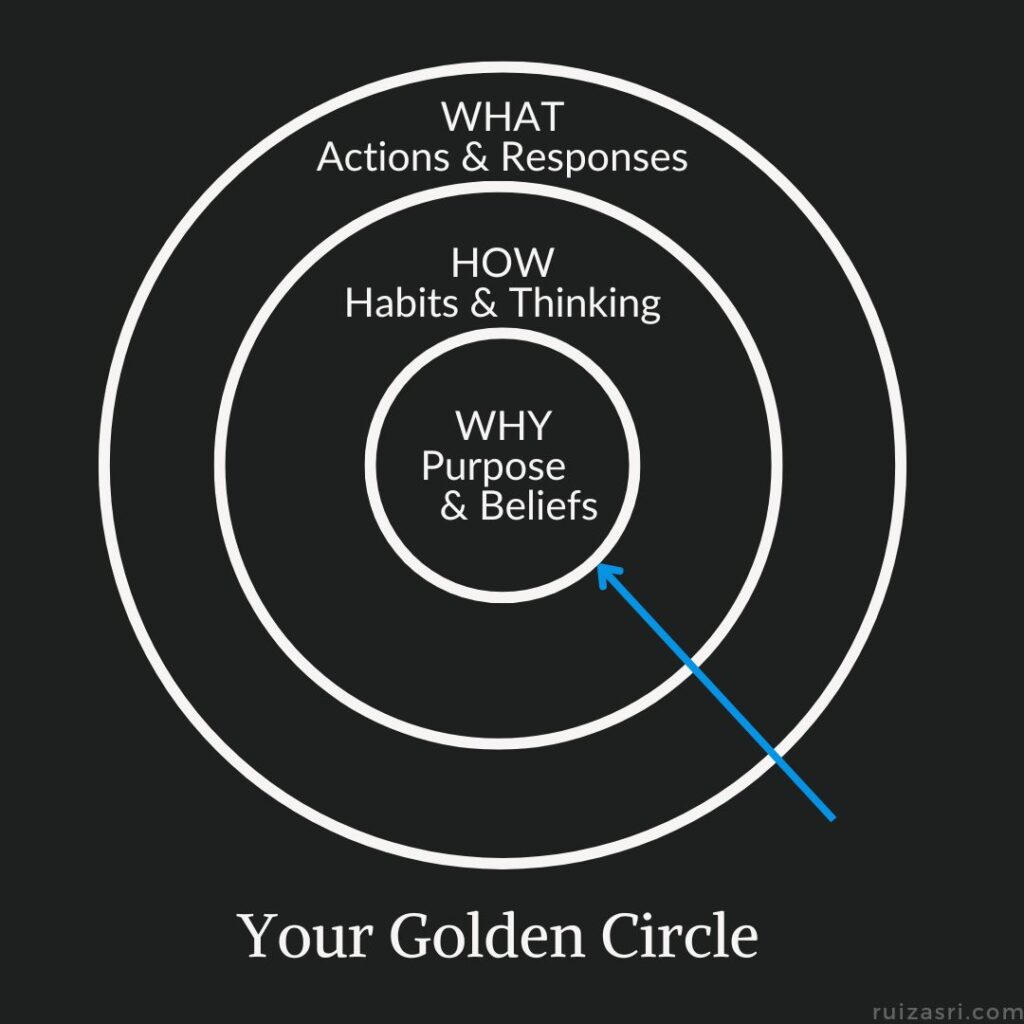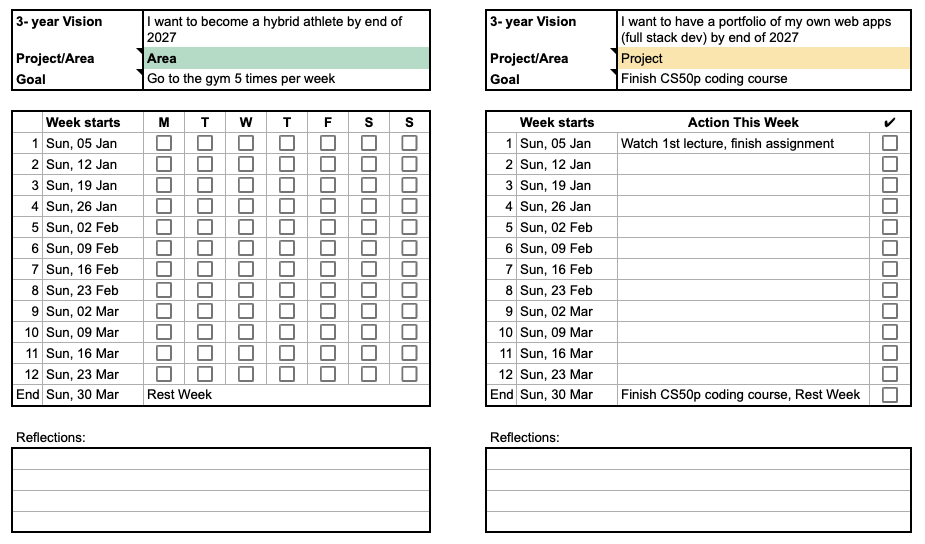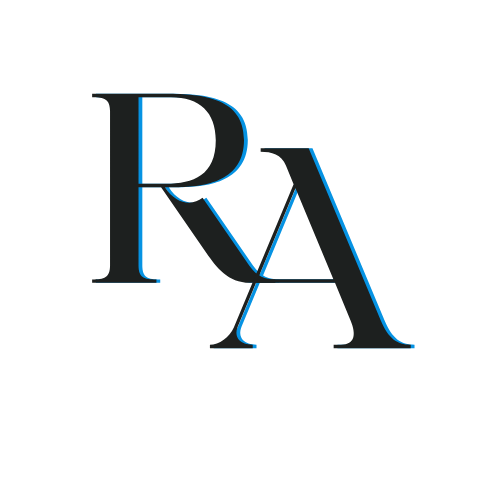I’ve committed to this ONE THING continuously for the past 5 years that has saved me 15 years of my life.
By committing to this ONE THING, it’s allowed me to:
- live a digital nomad life for over 5 years,
- start and establish a successful online business,
- pay for my holiday travels, move countries, wedding, honeymoon etc.
- expansively develop my skill set (from accounting to video editing, from HR management to SEO copywriting and more)
- gain better mental health stability, build more meaningful relationships, explore a lot more interests
- learn to love myself unconditionally and be truer to myself.
So, what is it?
I’ve committed to a personal growth system.
In today’s newsletter, I will break down the personal growth system I’ve been using for the past 5 years that has helped me change my Habits and Thinking.
My goal here is to share my knowledge and the tools I use, so that you and I can both improve How We Live, and ultimately become the best version of ourselves.

This is the second part of a 3-part life-design newsletter series. If you missed it, you can read the first part here.
Let’s begin.
Systems 101
Can you think of one thing that you’ve committed to doing continuously for over 1 year? What about 3 years? 5 years?
Take a moment and think about it.
I would bet that the thing you’ve committed to for at least a year has an underlying system to it.
I imagine that some of the rituals that you’ve committed to might be:
- 5-step skin care routine daily.
- Take supplements daily.
- Writing in your gratitude journal once a week.
- Going to the gym or exercising 2-3 times a week.
- Finish reading a book every month or two.
- Completing an online course every year.
- Fasting for 1 month every year.
- Reflecting on the year and yourself once every year.
The above are personal rituals that you may already be doing routinely and continuously. While whatever you’re doing may feel like second nature to you now, they are actually systems because they have:
- Purpose: A desired outcome* that’s aligned to your needs or wants.
- Goals: An input or output* that’s aligned to your purpose
- Boundaries: Limits in which you conduct your ritual (time-frame, location-bound etc.)
- Processes: A sequence of actions you do to complete the ritual
- Feedback loops: A way to review all the above.
A system is considered comprehensive and complete when it has all the above components in place.
*Note: It’s important to make the distinction between output and outcome:
Output refers to the results that are the direct consequence of your actions. It is within your full control.
Outcome refers to the results that are an indirect consequence of your output. It is not within your control.
Choosing to go to gym 5 times a week is an output, but becoming stronger is an outcome.
Let’s take the example of a daily skin care routine.
- Purpose: I want to continue looking great and young for longer.
- Goals: Do a 5-step skin care routine every morning.
- Boundaries: Do at home, after you shower, everyday.
- Processes: Wash your face, apply toner, serum, moisturiser and SPF.
- Feedback loops: After 1 month, check your face condition and consider changing product or routine.
That’s a full-fledged Youthful Skin Care System.
And the thing about the systems in which you conduct your long-term rituals is that they have influenced how you live your life, whether you realise it or not.
The key lesson here is that a system-based approach is the best way to change how we live our lives.
Incomplete Life-Changing Methods
Inversely, a personal-development method will not be as effective if it lacks any of the above components that makes up a system.
Here are some examples:
- New Year Resolutions: Clear goals, but lacks all the rest.
- Time blocking: Clear processes and boundaries, but lacks the rest.
- Failure resume: Great for feedback, but lacks the rest.
- SMART Goal setting: Has almost everything but lacks feedback loops.
- Task priority matrix: Has almost everything but lacks purpose and goals.
I think all the above methods have their merits and their niche functions, but when it comes to making meaningful and lasting change, nothing beats building a complete system to change our habits and thinking.
James Clear said it best,
“You do not rise to the level of your goals. You fall to the level of your systems.”
At the end of the day, your hopes and dreams will not uplift you to change your life for the better. It all falls down to the systems you have put in place and committed to in your life.
So, if our ultimate purpose is to become the best version of ourselves, we need to build a complete system that will enable us to continually level-up.
I have one. Let me share it with you.
Ruiz’s 12-Week Grind
My 12-Week Grind system is an amalgamation of what I’ve gained and practiced from Atomic Habits, the PARA method, 12 Week Year, and various knowledge snippets like Seinfeld’s “Don’t Break The Chain” Method.
I’ve been using the 12-Week Grind system for my own personal development, but I’ve also used it collaboratively for developing business projects with my partner.
The 12-Week Grind system have gone through multiple iterations of improvements over the years, but entering 2025, I have decided to simplify to make it more accessible for beginners.

As a summary, here are the components of the 12-Week Grind system:
- Purpose: To be a better version of yourself
- Goals: If it is a Project, decide an Output Goal. If It is an Area, decide an Input Goal.
- Processes:
- Set a rough 3-year vision
- Decide if it is a Project or Area
- Decide on Short-term Goal
- Execute actions. Reflect at the end of the week. Repeat for 12 weeks.
- Boundaries:
- Actions are taken over a 1 week cycle,
- For a total period of 12 weeks,
- With a mandatory 1 week break at the end.
- Feedback loops:
- At the end of every 1 week cycle, a 5-minute review of the past week.
- Any small victories? Any concerns? Any tweaks to be made?
- If it is a Project, decide on next week’s actions.
Let’s break down each component further, using my new 12-Week Grind as an example.
Purpose
I use the 12-Week Grind as a general personal growth system to challenge myself to adopt new habits and ways of thinking.
So, the overarching purpose of my 12-Week Grind is always “I want to become a better version of myself”.
But I usually break this further into 6 Areas, which I then translate into rough 3-year visions. Here are my current ones:
- Physical Health: I want to be as fit as an average Hybrid Athlete.
- Mental Health: I want to be mentally stable with minimal downtime.
- Spiritual Health: I want to establish my own spiritual routine.
- Finance & Career: I want to buy a house and convert my online business into a sustainable side-gig.
- Skills & Knowledge: I want to be a novice full-stack dev with a portfolio of mini-apps.
- Relationships: 🤫 (I will keep this one private.)
A lot of my 3-year visions above are vague, but that’s okay!
While I cannot say specifically how much weight I want to be able to deadlift and how many kilometres I can sprint under 1 hour in 3 years time, I have a rough idea of what it means to reach average Hybrid Athlete fitness level.
The motivation here is to set a clear direction, even if the precise destination is not 100% clear.
Goals
Next, we need to set Goals that align to our Purpose.
But first we need to know the 2 types of Goals we can set.
I’ve mentioned how I have 6 Areas that I like to categorise my purpose into. At the same time, I also Projects that I am considering doing in Q1 2025 to level myself up further.
Here, it would be good to understand the distinction between Areas and Projects:
- Areas: Life-long responsibilities we want sustain and grow over time without a clear outcome
- Projects: Short term work that we are focusing our efforts on right now with a clearly defined outcome
I learned this distinction from Tiago Forte who developed the PARA Method (a methodology for knowledge management) and applied it to my 12-Week Grind.
This distinction is important for us to recognise because most of us have Areas that we continually want to work on for the rest of our lives like health, relationships, finance etc. (mine are 6 mentioned above.), but at the same time, we may also think of Projects which require greater effort to advance those Areas to a totally higher level.
So, we can set an Area Goal or a Project Goal that aligns with our Purpose.
The practical difference here is that an Area Goal should be set as an input goal, while a Project Goal should be set as an output goal.
As an example, the 3-year vision I have for my Physical Health can be made into:
- Area Goal: Go to the gym 5 times every week (Input goal)
- Project Goal: Complete the London Marathon in March 2025 (Output goal)
Processes
For my 12-Week Grind, I apply a lot of the processes purported in the 12 Week Year book and the principles in The Lean Startup.
The process is simple, so I won’t drag on too much about them.
Before starting, you set up your 12-Week Grind by:
- Writing down a rough 3-year vision.
- Decide if it is an Area or a Project you’ll be working on.
- Decide on a short-term Area Goal or Project Goal.
- Decide on the starting date. I recommended you begin on a Sunday or Monday.
Once you start executing your 12-Week Grind, make sure to:
- Execute 100% of your actions.
- Reflect at the end of the week.
- Repeat for 12 weeks.
- At the end of the 12 weeks, take a 1 week break.
For Area Goals, the action is fixed every week. You just need to complete them.
Meanwhile for Project Goals, you need to determine the action for the week at the start of the week. It requires some planning, but the focus should still be in completing the action.
Boundaries
In my experience, 12 weeks is an opportune time frame for personal development.
It is long enough that it encourages you to be patient and persistent in building new habits and completing challenging projects. But it is also short enough to invoke the sense of urgency and provide results quickly.
You will need to make decisions on what actions are truly critical for you to achieve your Area or Project Goal.
Another thing is that the time frame allows you to ‘fail fast’. Sometimes we think of doing things that interest us in the moment, only to realise that it isn’t really what we thought it would be like. The 12 week time frame is great for letting us explore those interests deeply and quickly to find out if they really deserve a place in our future.
Feedback Loops
One of the most important elements in any personal growth system is the feedback loop. This so that you can reflect on your past actions to tweak the system so it better works for you to achieve your goals.
The 12-Week Grind’s process demands that you do a reflection at the end of the week so that you self-regulate. When doing the reflection, take at least 5 minutes and ask yourself:
- Victories: What did I do well this past week?
- Weaknesses: What did not go so well this past week?
- Improvements: Considering the above, should I make any tweaks for next week?
- (If it is a Project) Next Actions: Decide on next week’s actions.
Start your own 12-Week Grind
If you’re interested in starting your own 12-Week Grind, you can copy this Google Sheets Template for free.

My new 12-Week Grind will start on Sunday, 5th January 2025 and end on Sunday, 30th March 2025.
For me, I will be focusing on 2 Goals in Q1 2025
- Area: I want to become a hybrid athlete by end of 2027 > Go to the gym 5 times per week
- Project: I want to have a portfolio of my own web apps (full stack dev) by end of 2027 > Finish CS50p coding course
If you want to join me on my new 12-Week Grind, consider following me on Instagram. I will update my progress on my IG stories every Sunday.
The above sums up the 12-Week Grind system I’ve used and developed for over 5 years now.
To be honest, I don’t think my system is sophisticated by any means. But its simplicity is the reason why it’s worked wonders for me. Using this system, I’ve done a lot more door-opening activities in the past 5 years than I’ve ever done in the previous 10 years of my life.
I have a full-fledged Notion template I made a few years ago that you can use for free, but I will be using the simpler template above in 2025.
***
Thanks for reading my newsletter today. It means a lot that you’ve read it till the end 😊
Will you be attempting my 12-Week Grind in the new year?
Till next week,
Ruiz
